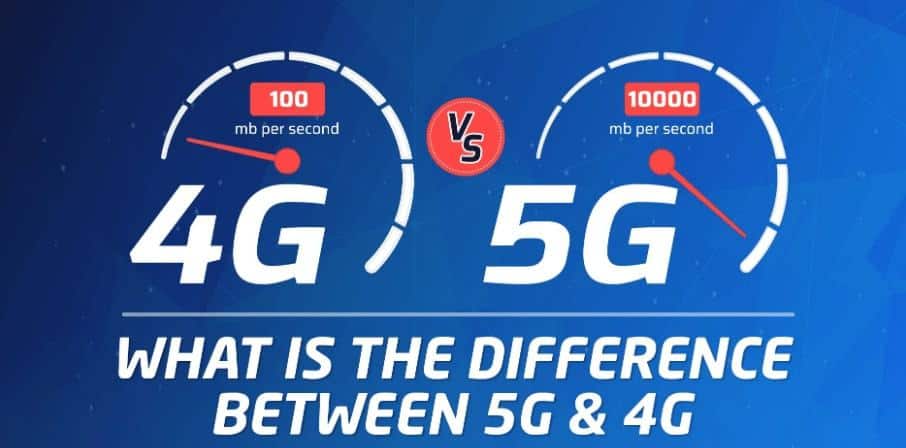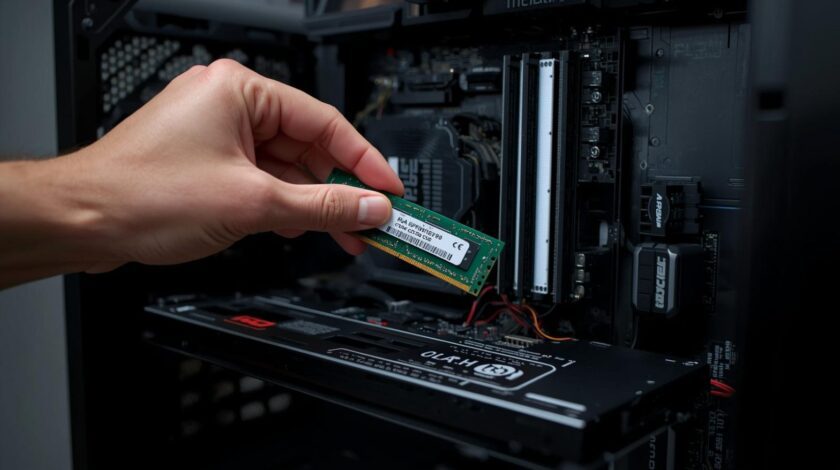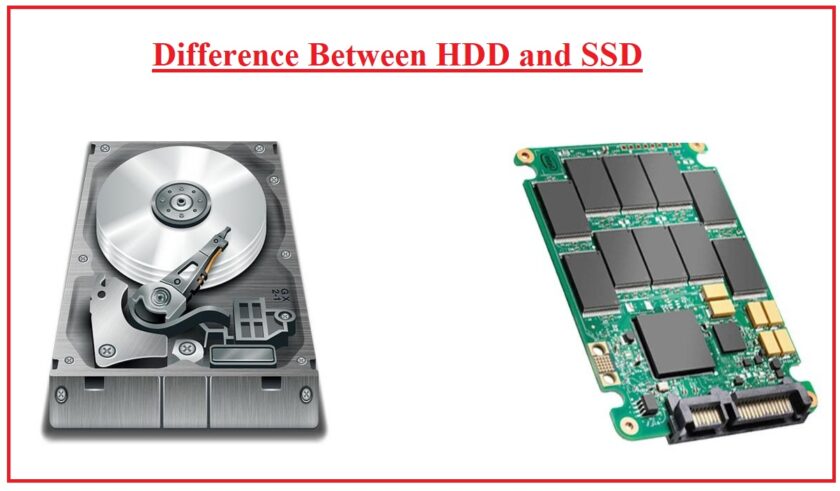The transition from 4G to 5G represents a major leap in mobile communication technology, bringing significant improvements in speed, latency, capacity, and reliability. Here’s a detailed comparison of 5G vs 4G:
1. Speed
- 4G: Offers maximum speeds of about 100 Mbps to 1 Gbps, depending on network conditions. Typical real-world download speeds are between 20-50 Mbps.
- 5G: Significantly faster, with theoretical maximum speeds of up to 10 Gbps. In practice, early 5G networks can provide speeds in the range of 500 Mbps to 2 Gbps, making it up to 100 times faster than 4G.
Impact: 5G enables faster downloads, streaming of high-definition content, and real-time communication applications (e.g., AR/VR), while 4G struggles with more data-intensive tasks.
2. Latency
- 4G: Has a latency (the time it takes for data to travel between two points) of around 30-50 milliseconds.
- 5G: Reduces latency to as low as 1-10 milliseconds.
Impact: Lower latency with 5G is critical for real-time applications like autonomous vehicles, remote surgery, and gaming, where immediate data response is crucial.
3. Network Capacity
- 4G: Handles fewer connected devices per cell tower, leading to potential congestion in high-density areas, such as stadiums, concerts, or city centers.
- 5G: Significantly increases the number of devices that can connect simultaneously, supporting up to 1 million devices per square kilometer.
Impact: 5G’s higher capacity ensures smoother connectivity in crowded environments and supports the growing number of connected devices in smart cities and IoT ecosystems.
4. Bandwidth
- 4G: Uses a smaller spectrum band compared to 5G, which limits the amount of data that can be transferred simultaneously.
- 5G: Uses higher frequency bands (millimeter waves) with larger bandwidth, allowing for greater data transfer rates.
Impact: This increase in bandwidth makes 5G ideal for bandwidth-heavy applications like 4K/8K video streaming, virtual reality (VR), augmented reality (AR), and advanced IoT applications.
5. Reliability
- 4G: Provides relatively stable connections but can experience drops in speed or reliability in congested areas or during peak usage times.
- 5G: Promises ultra-reliable connections, even in crowded areas or remote locations, by employing advanced technologies like beamforming, which directs signals to individual devices.
Impact: This enhanced reliability is vital for critical applications, such as connected healthcare, emergency response, and industrial automation, where consistent connectivity is essential.
6. Energy Efficiency
- 4G: Consumes more power, both on the device side and for the network infrastructure.
- 5G: Designed to be more energy-efficient, consuming less power per bit of data transmitted.
Impact: 5G networks can run more efficiently, reducing operational costs for network providers and extending the battery life of connected devices.
7. Use Cases
- 4G: Primarily focused on mobile internet, supporting activities like browsing, video streaming, social media, and mobile applications.
- 5G: Expands beyond mobile use cases, enabling a wide range of industries such as:
- Autonomous vehicles: Real-time communication between vehicles and infrastructure.
- Smart cities: Massive IoT networks for efficient city management.
- Remote healthcare: Real-time consultations and remote surgery.
- Industrial automation: Precise control of manufacturing processes and robotics.
Impact: While 4G revolutionized mobile communication, 5G is set to transform industries with new technologies and use cases.
8. Coverage and Rollout
- 4G: Widely available globally, providing comprehensive coverage even in rural and remote areas.
- 5G: Initially rolled out in urban areas and major cities, with slower expansion to rural areas. Due to the use of higher frequencies, 5G requires more base stations to achieve the same level of coverage as 4G.
Impact: While 4G remains more accessible today, 5G coverage is expanding rapidly. In the early stages, many devices will rely on a hybrid 4G/5G connection, transitioning fully to 5G as infrastructure develops.
9. Infrastructure and Deployment Costs
- 4G: Utilizes fewer cell towers and infrastructure compared to 5G due to its lower frequency spectrum, resulting in lower deployment costs.
- 5G: Requires the installation of more base stations and small cells, particularly in urban areas, due to the higher frequency bands it uses (which have shorter ranges).
Impact: The initial deployment costs for 5G are higher, but the long-term benefits in speed, capacity, and efficiency are expected to outweigh these costs.
10. Device Compatibility
- 4G: Most smartphones and connected devices today support 4G networks.
- 5G: Requires new 5G-compatible devices. As of now, only newer smartphones and devices can connect to 5G networks.
Impact: Widespread adoption of 5G will require consumers to upgrade their devices, which could slow initial adoption rates. However, as 5G technology becomes more widespread, more affordable 5G devices will be available.
Conclusion:
5G represents a transformative step forward from 4G, offering faster speeds, lower latency, higher capacity, and the potential to enable new technologies and industries. While 4G remains adequate for many current applications, 5G’s capabilities will unlock future innovations, particularly in areas like autonomous vehicles, smart cities, and advanced IoT. As 5G networks expand, its impact on both consumer and industrial sectors will become increasingly evident.






